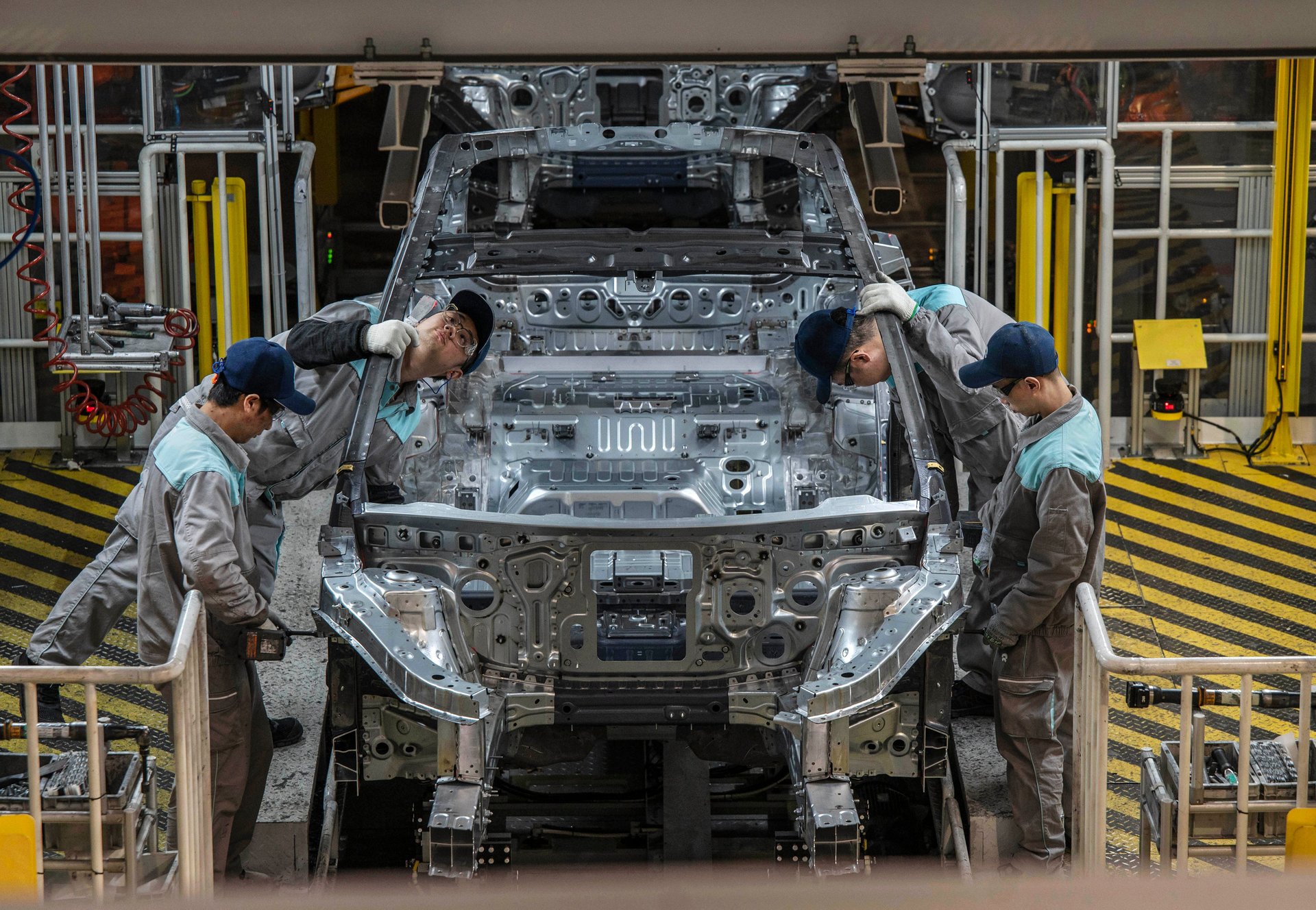How China EVs are winning over Europe while Tesla loses ground
Tesla’s European sales fell by half in April while its Chinese rivals grew their market share

Tesla’s (TSLA) European sales halved in April as consumer sentiment toward the U.S. battery-electric vehicle (BEV) maker continues to sour and Chinese competitors deepen their market share in the region.
Suggested Reading
Tesla saw a 49% drop in sales last month compared to a year earlier, according to data published by the European Automobile Manufacturers’ Association (ACEA) Tuesday. The firm had hoped upgrading its Model Y this year — its most popular vehicle — could boost demand, but April’s decline was the fourth in a row.
Related Content
The firm’s woes are at odds with growing demand in the region: BEV registrations rose by more than a quarter in April, while overall car sales were relatively unchanged. In 2023, the European Union set a target for all cars and vans sold by 2035 to have zero CO2 emissions, creating a windfall for BEV makers.
Tesla had been winning the race but now appears to be slowing down. Its share of the total European auto market plunged to 0.7% from 1.3% a year ago. Meanwhile, Chinese, and even Japanese, rivals are gaining ground — registrations at SAIC Motor and Mitsubishi grew by 24.5% and 22.1% respectively. BYD (BYDDY) registrations also overtook Tesla’s for the first time.
Demand for the American EV brand is waning for a few reasons.
Backlash against CEO Elon Musk’s involvement in the Trump administration has kept some buyers away: A January YouGov survey found that over 70% of respondents in both Germany and the U.K. held a negative opinion of Musk.
Secondly, Chinese models are increasingly cheaper and more advanced than vehicles made in Europe and the U.S. For instance, BYD’s Qin L starts at around half the price of a Tesla Model 3, according to Electrek. Meanwhile, Xiaomi’s SU7 starts at around $2,500 cheaper than the Model 3, offers a battery pack with 10% more range and tech features that Tesla lacks, like a heads-up display.
Lastly, firms have been agile when it comes to evading the bloc’s tariffs on Chinese-built EVs — as high as 45.3% for come models — introduced last year. For example, plug-in hybrid electric vehicles (PHEVs) are subject to lower tariffs of around 10%, thus some companies have shifted their focus to these cars, Reuters (TRI) reported. Moving manufacturing to European plants is also a tactic being deployed. Chery Auto, China’s top automaker by export volume, opened a plant in Spain in 2024. BYD announced this month it’s also setting up EU headquarters in Hungary, as part of a push to manufacture its Europe-bound vehicles locally.